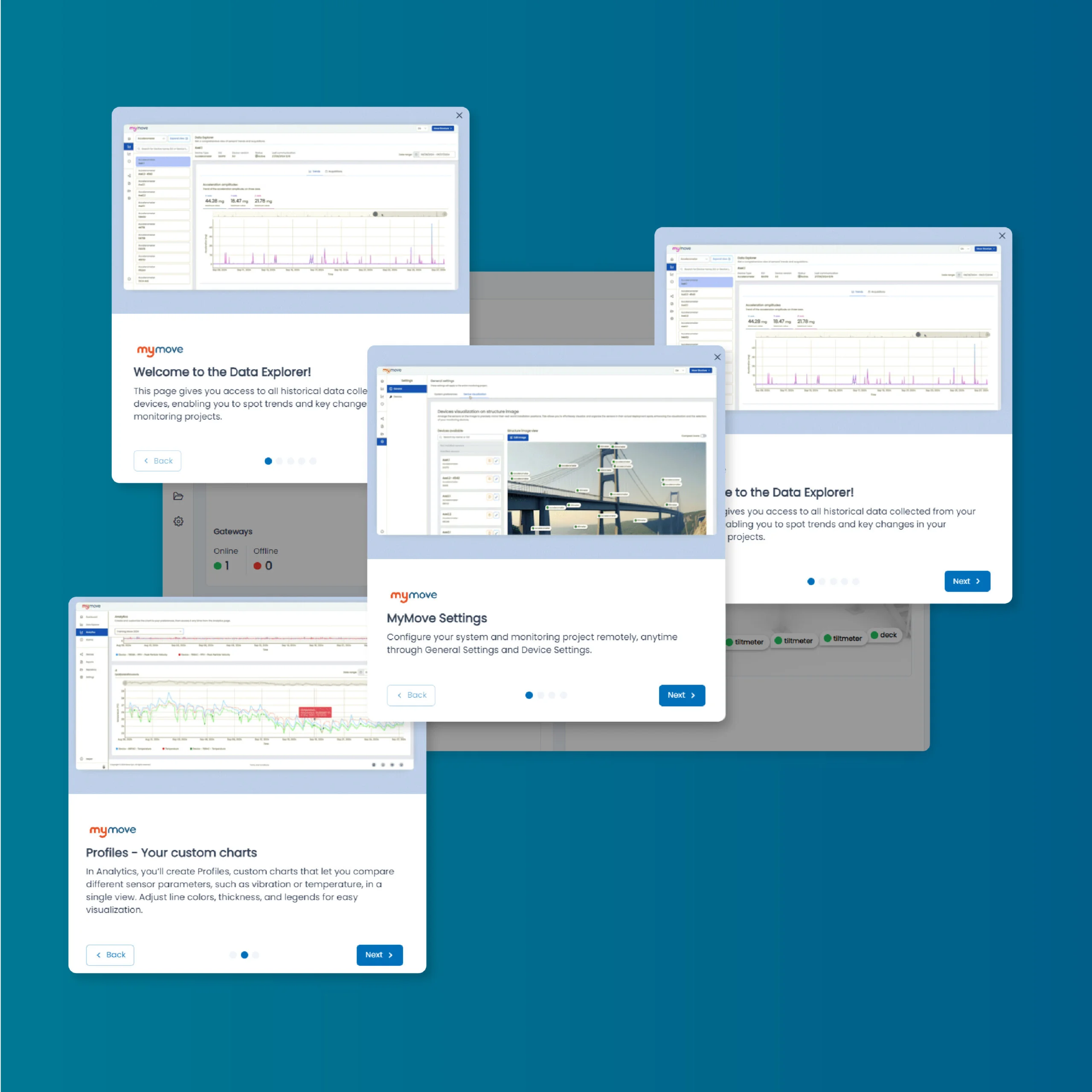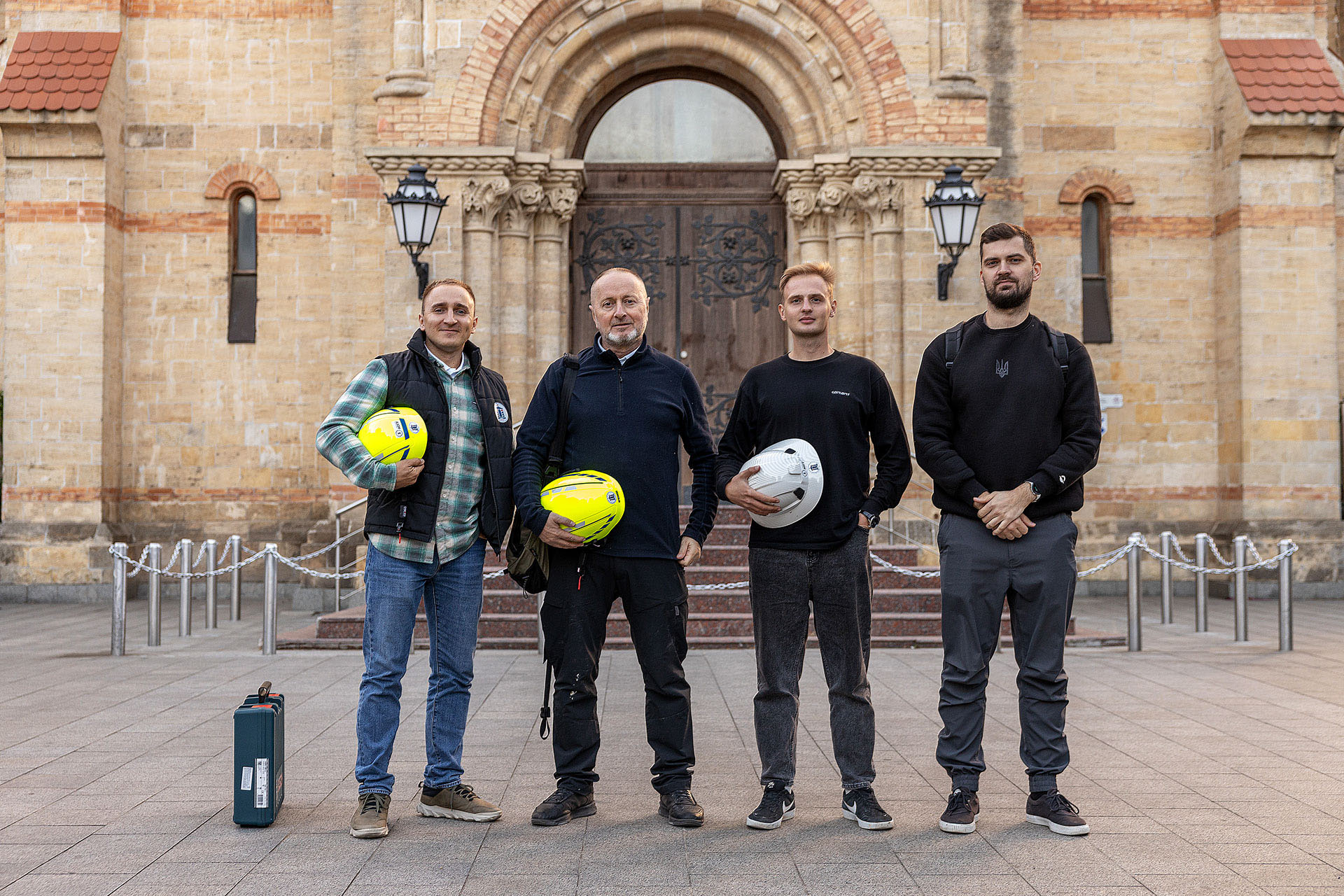
Monitoring in Odesa, Ukraine: a team of volunteer engineers preserve monuments with Move Solutions during wartime
Over the years, Move Solutions has built technical partnerships with many international professionals and engineering practices. Among them is engineer Emmanuel Durand, with whom we have worked on complex projects, from the Beirut Silos after the 2020 explosion to the monitoring program for hospitals and student housing in Türkiye following the magnitude 7.8 earthquake of February 2023.
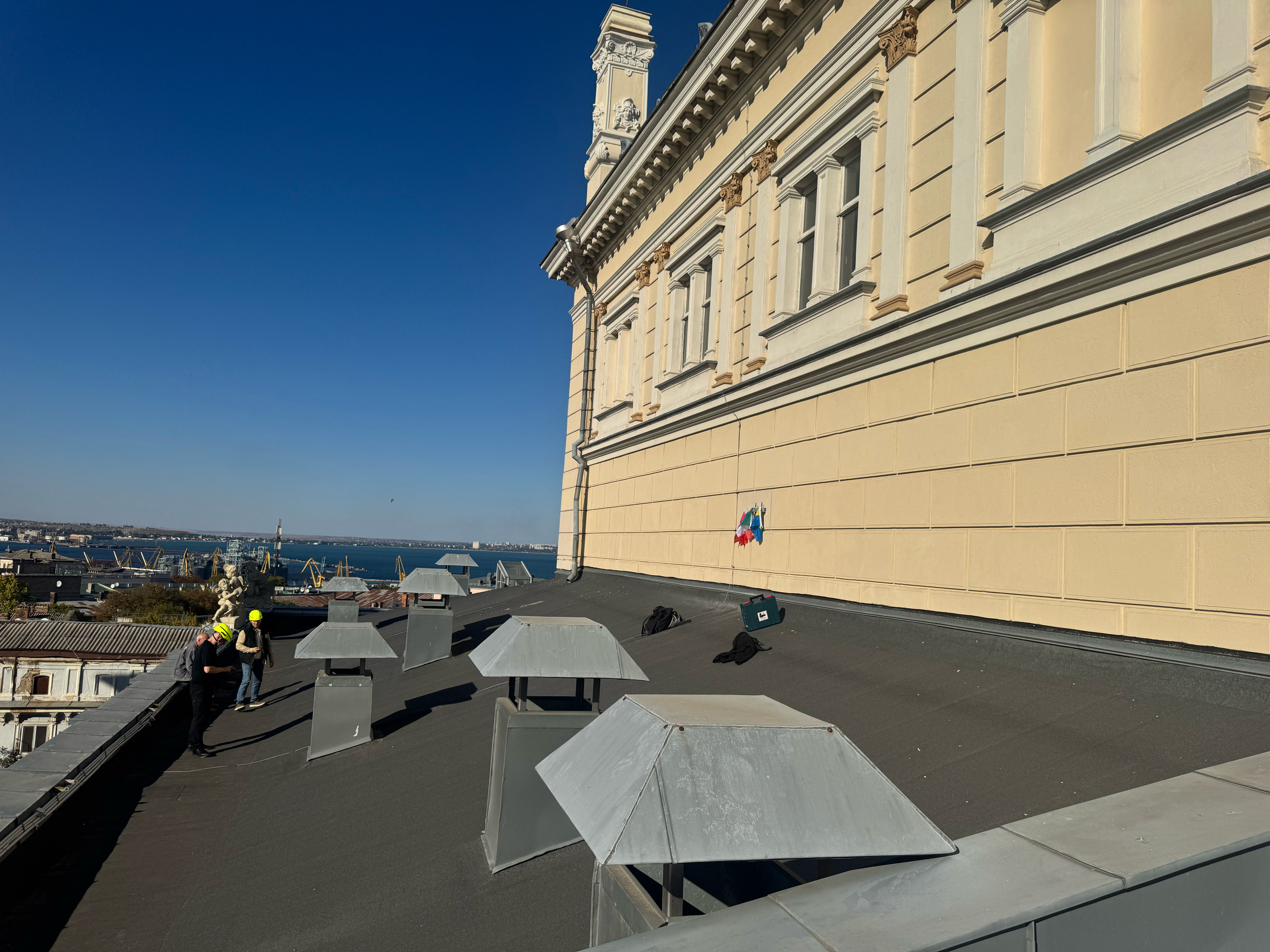
Odesa: monitoring to preserve while war-related events threaten cultural heritage
Today the collaboration continues in Odesa, in the midst of the war Bombardments and military drone strikes have already damaged historic buildings, and the historic center has been placed on UNESCO’s List of World Heritage in Danger. In this scenario, structural monitoring aims to actively protect monuments exposed to wartime risks by building reliable time series and enabling timely action when the data indicates it. The first device was installed on the bell tower of St. Paul’s Lutheran Church (Kirkha), with planned extensions to other symbolic sites in the city, including the Odesa National Academic Opera and Ballet Theatre and the Passage historic arcade.
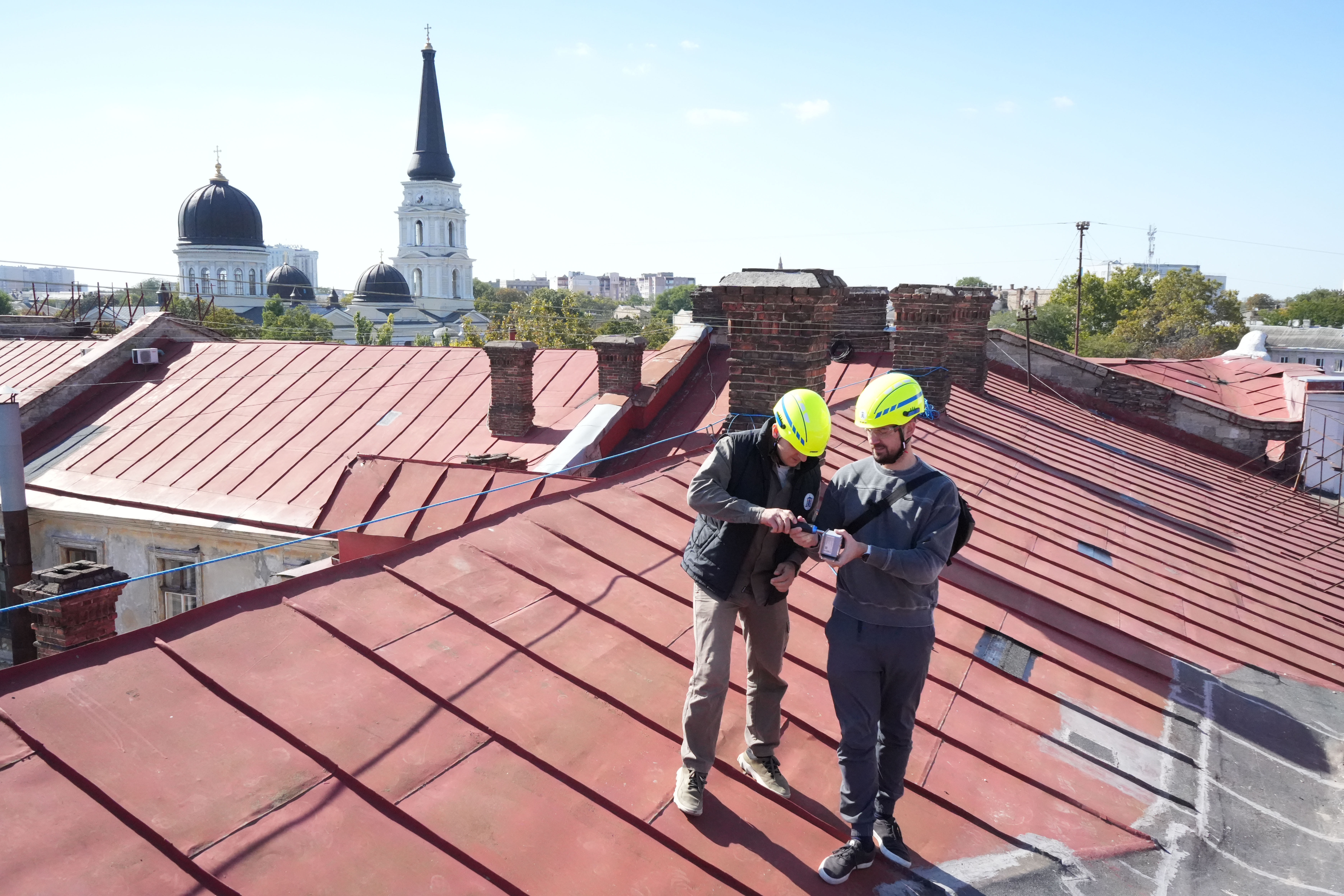
Why Odesa’s subsurface demands special attention
Beneath Odesa lies one of the world’s largest urban tunnel networks, the Odesa Catacombs, carved largely in local shell-limestone (coquina) and developed across multiple levels. Combined with loess-type, subsidence-prone soils and shallow groundwater conditions, this underground system can amplify differential settlement risks for surface structures, especially under dynamic loading. These conditions require careful engineering attention and reliable, continuous monitoring.
The deployed sensing system: what, where, and why
To ensure robust data collection across priority sites, the current Odesa configuration includes:
- 1 Gateway installed on the roof of the Odesa State Academy of Civil Engineering and Architecture (OSACEA), providing effective coverage across much of the monitored urban area.
- 2 Accelerometers for capturing high-energy dynamic events.
- 8 Tiltmeters for high-resolution, long-term tracking of slow deformations, and for prompt alarms in case of sudden changes.
- MyMove as the unified digital platform for configuration, visualization, correlations, alarms, and reporting.
Sites under monitoring: the Odesa National Academic Opera and Ballet Theatre, St. Paul’s Lutheran Church (Kirkha), the Passage commercial gallery, and a residential building struck by a drone that suffered a multi-story collapse.
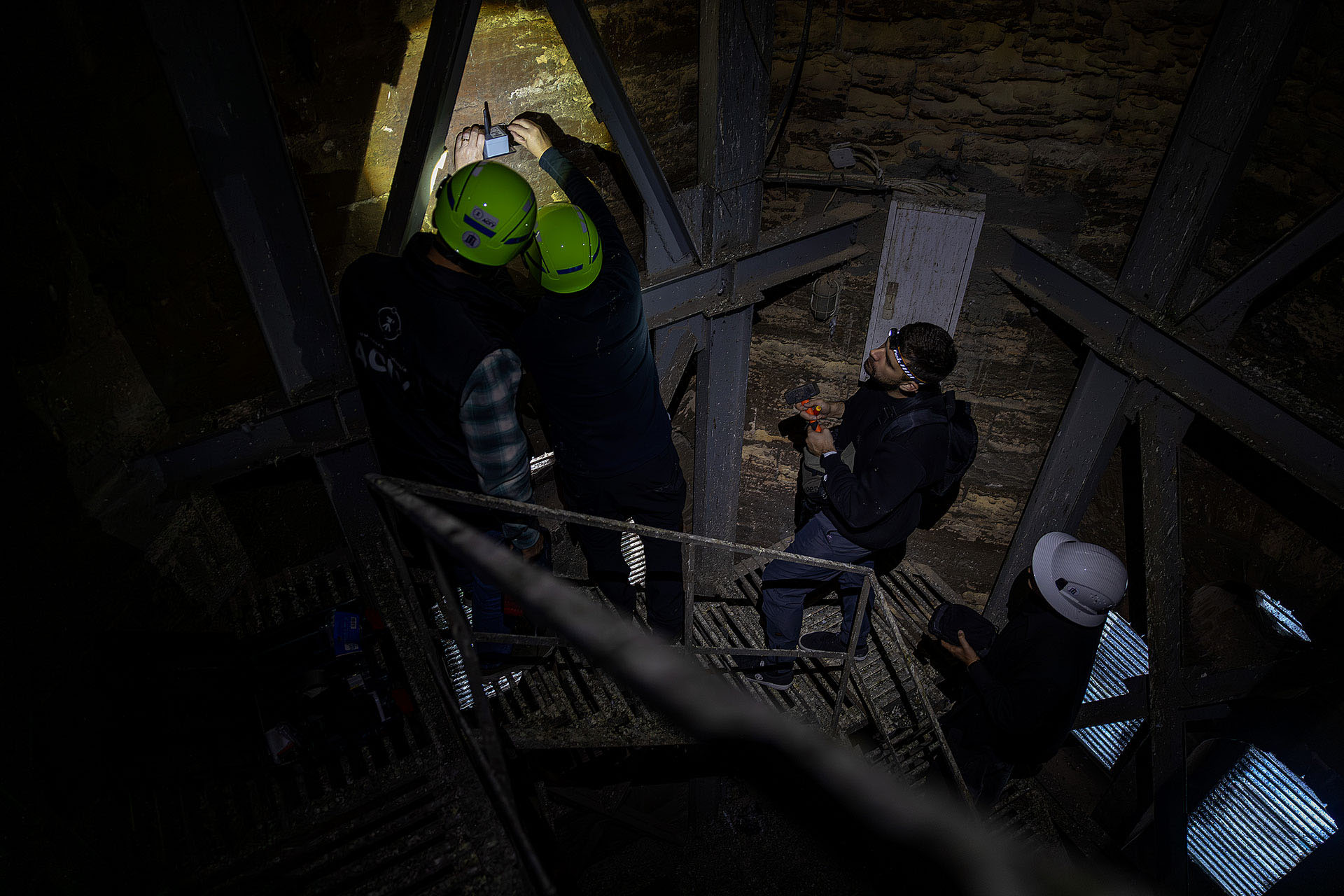
Structural parameters under observation and why they are critical in a war-affected area
Tiltmeters detect micro-rotations and very small displacements, essential to assess whether a structure is changing state over time. In a war context, beyond normal variations linked to temperature and environmental loads, oscillations can be influenced by shock waves, dynamic vibrations, debris impacts, abnormal loads from heavy machinery, and micro-settlements near damaged areas. The goal is to distinguish physiological signals from potentially harmful ones and prevent risk situations for people and cultural assets.
Accelerometers are configured with threshold-based sampling to record high-amplitude transient events. This makes it possible to log and analyze strong vibrations from explosions or drones when preset thresholds are exceeded, then correlate those events with subsequent changes in structural tilt. Over time, this combined perspective helps determine whether war-related shocks are driving measurable degradation.
On MyMove, data becomes trends and correlations accessible 24/7, with configurable alarm thresholds and scheduled reports that support engineers and institutions in rapid, evidence-based decision making without relying on sporadic site visits.
Technology and platform: lessons from Beirut applied to Odesa
Experience at the Beirut Silos demonstrated the value of a continuous, remote monitoring system that dramatically reduces the need for prolonged on-site presence. Periodic surveys previously required months of visits, but with wireless tiltmeters and MyMove, control becomes continuous, with remote analysis, real-time alerts, and data historization. In Beirut, the sensors detected a progressive tilt that accelerated after a fire in July 2022, allowing Emmanuel Durand to warn authorities in time. Thanks to the monitoring, the area was cleared and secured before the silos collapsed, preventing injuries. This real-world example highlights how continuous monitoring not only tracks structural changes but also saves lives. The same approach underpins the work in Odesa, where site access can be intermittent and evolving risks demand constant observability.
- MyMove centralizes configuration, trend visualization, correlations, and alarm management, enabling a truly data-driven workflow even when access is complex or intermittent.
- Multi-year autonomy: sensors operate on battery for extended periods with low-consumption profiles, a key condition for long campaigns in hard-to-reach areas. In optimal configurations, autonomy can reach up to 8 years.
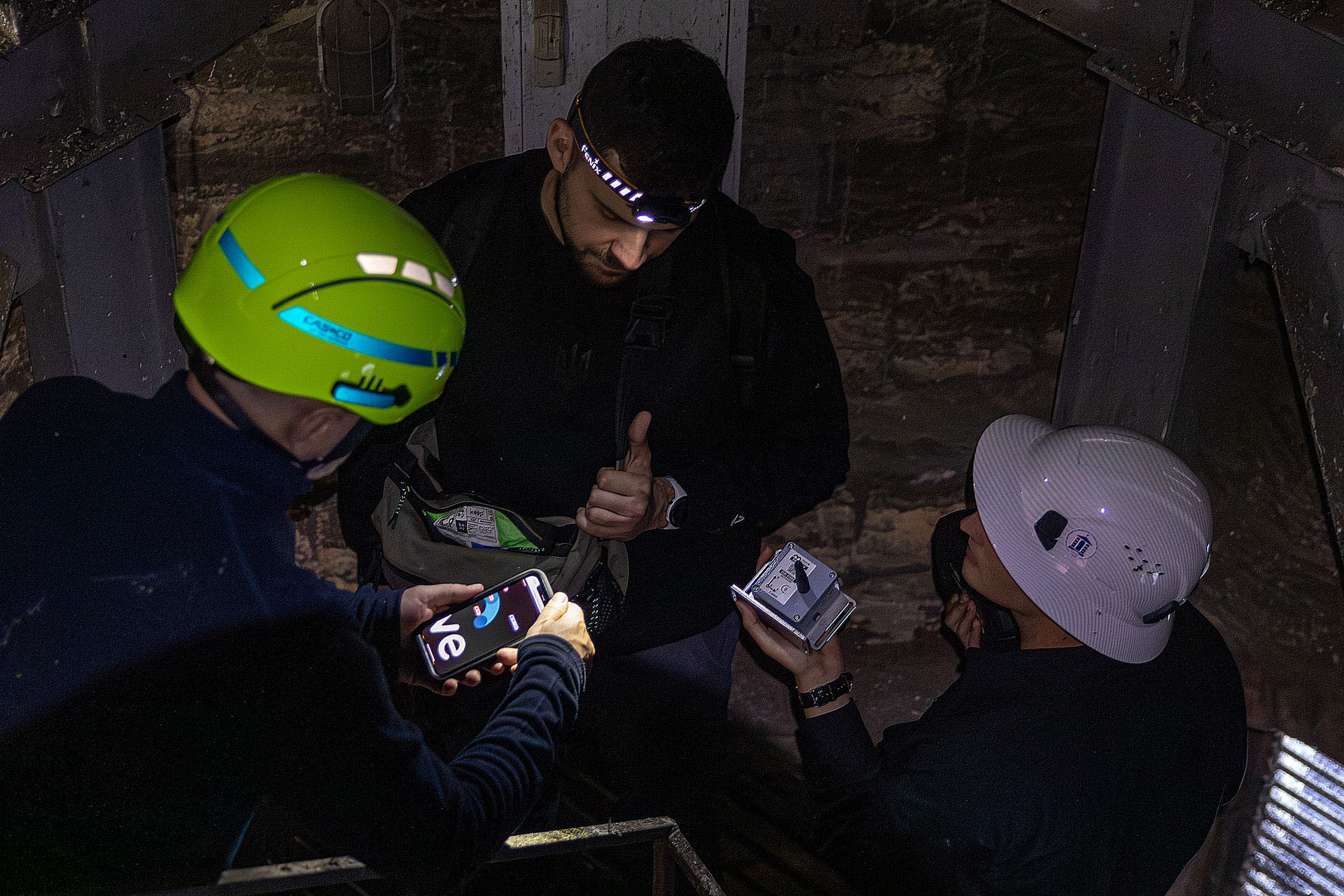
The Odesa project today
The installation at Kirkha is the starting point of a monitoring network across other priority historic sites, in coordination with local stakeholders. Move Solutions supports Emmanuel Durand, a volunteer engineer, with continuous technical assistance for configuration and installation, signal validation, and interpretation of key indicators on MyMove, reducing uncertainty and increasing safety around the city’s monuments and identity landmarks.
The mission also actively involves the Odesa State Academy of Civil Engineering and Architecture where the monitoring activities are being integrated into student training. Alongside architect Sergey Revenko and Professor Vladislav Demchenko, Durand’s volunteer team combines operational support on the ground with an educational component for the next generation of engineers. As Demchenko explained, “Another important aspect of our collaboration with Emmanuel and of our participation in this project is that our students will gain access to modern equipment, materials, and methods. We will hold a dedicated lecture on this topic, so that they can understand and deepen their knowledge, because until now we could only read about these technologies on the Internet.” In this way, students will not only learn through direct experience but will also be able to continue monitoring activities independently in the future.
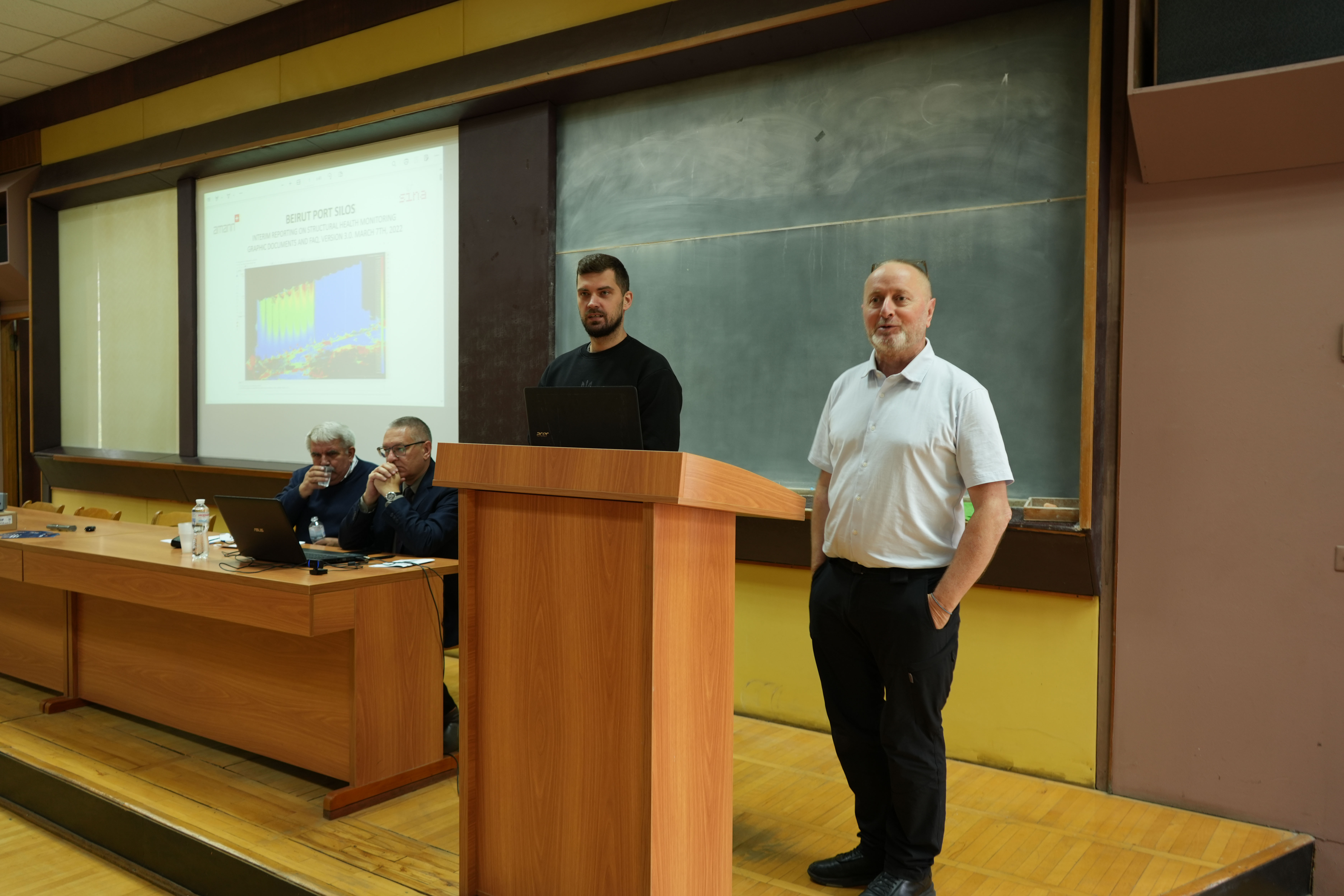
A special thank-you goes to Durand’s volunteer team on the ground, including architect Sergey Revenko, and professor Vladislav Demchenko for their commitment and operational support.
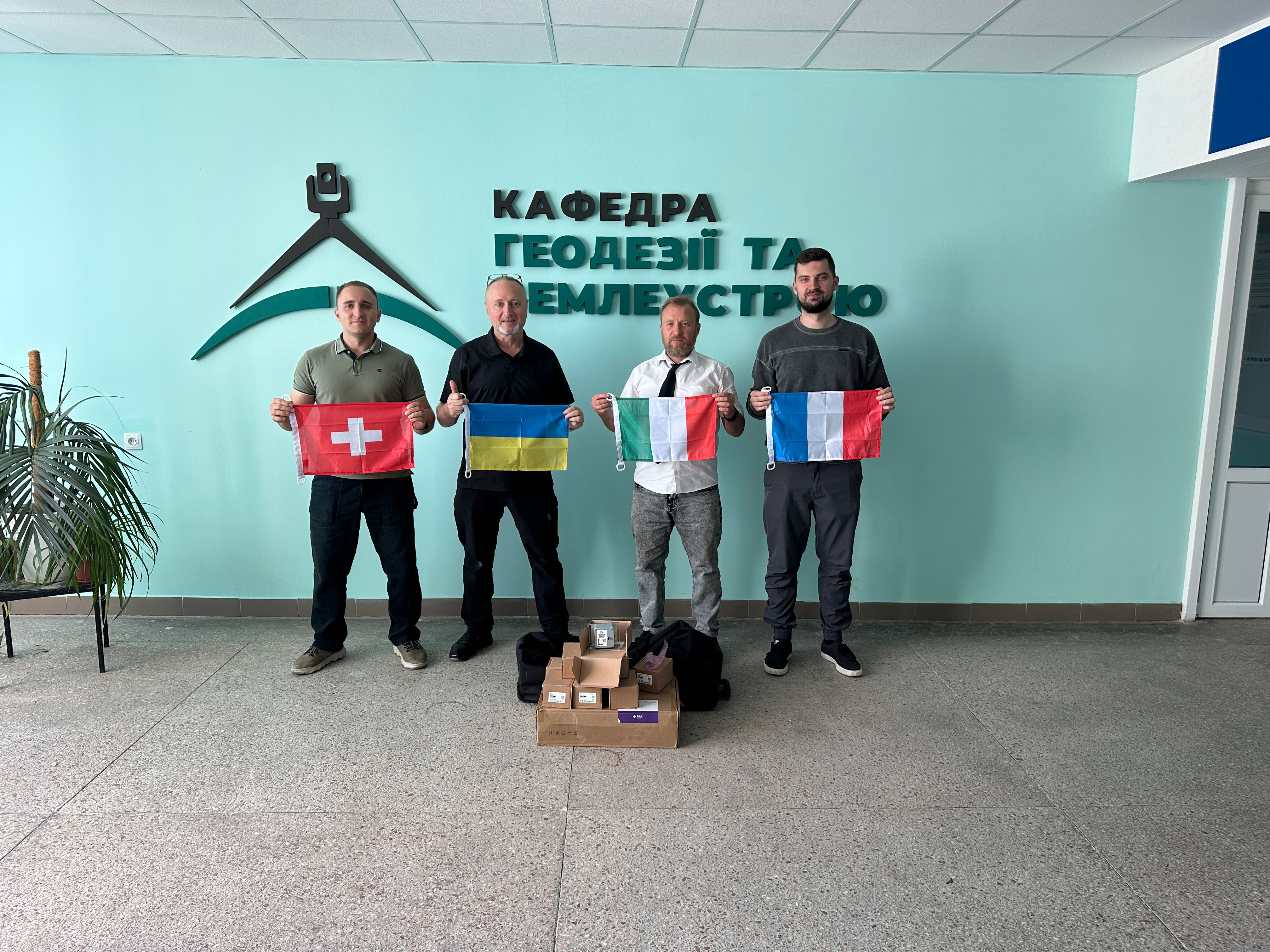
Other articles
Stay updated on product releases, news, and upcoming webinars.
.svg)


